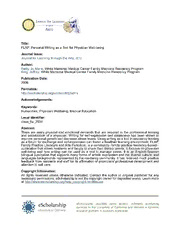
Learn SQL Database Programming: Query and manipulate databases from popular relational database servers using SQL PDF
550 Pages·2020·16.816 MB·English
Most books are stored in the elastic cloud where traffic is expensive. For this reason, we have a limit on daily download.
Preview Learn SQL Database Programming: Query and manipulate databases from popular relational database servers using SQL
Description:
Learn everything you need to know to build efficient SQL queries using this easy-to-follow beginner's guide Key Features Explore all SQL statements in depth using a variety of examples Get to grips with database querying, data aggregate, manipulation, and much more Understand how to explore and process data of varying complexity to tell a storyBook Description SQL is a powerful querying language that's used to store, manipulate, and retrieve data, and it is one of the most popular languages used by developers to query and analyze data efficiently. If you're looking for a comprehensive introduction to SQL, Learn SQL Database Programming will help you to get up to speed with using SQL to streamline your work in no time. Starting with an overview of relational database management systems, this book will show you how to set up and use MySQL Workbench and design a database using practical examples. You'll also discover how to query and manipulate data with SQL programming using MySQL Workbench. As you advance, you'll create a database, query single and multiple tables, and modify data using SQL querying. This SQL book covers advanced SQL techniques, including aggregate functions, flow control statements, error handling, and subqueries, and helps you process your data to present your findings. Finally, you'll implement best practices for writing SQL and designing indexes and tables. By the end of this SQL programming book, you'll have gained the confidence to use SQL queries to retrieve and manipulate data. What you will learn Install, configure, and use MySQL Workbench to restore a database Explore different data types such as string, numeric, and date and time Query a single table using the basic SQL SELECT statement and the FROM, WHERE, and ORDER BY clauses Query multiple tables by understanding various types of table relationships Modify data in tables using the INSERT, UPDATE, and DELETE statements Use aggregate functions to group and summarize data Detect bad data, duplicates, and irrelevant values while processing dataWho this book is for This book is for business analysts, SQL developers, database administrators, and students learning SQL. If you want to learn how to query and manipulate SQL data for database administration tasks or simply extract and organize relevant data for analysis, you'll find this book useful. No prior SQL experience is required.Table of Contents Introduction to Relational Database Management Systems Installing and Using MySQL Workbench Understanding Data Types Designing and Creating a Database Importing and Exporting Data Querying a Single Table Querying Multiple Tables Modifying Data and Table Structures Working with Expressions Grouping and Summarizing Data Advanced Querying Techniques Programmable Objects Exploring and Processing Your Data Tell a Story with Your Data Best Practices for Design and Querying SQL Appendix
See more
The list of books you might like

The Silent Patient
Alex Michaelides
·0.52 MB

The Sweetest Oblivion (Made Book 1)
Danielle Lori
·360 Pages
·2018
·1.72 MB

The Subtle Art of Not Giving a F*ck
Mark Manson
·224 Pages
·2016
·1.26 MB

Credence
Penelope Douglas
·487 Pages
·2020
·0.86 MB

Commentary on Ephesians, Volume 1 of 2
Thomas Goodwin [Goodwin, Thomas]
·2000
·0.7985 MB

Opere. Gli archetipi e l'inconscio collettivo
Carl Gustav Jung
·540 Pages
·1980
·8.137 MB
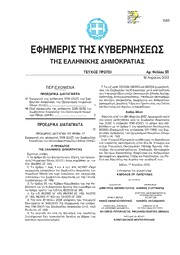
Greek Government Gazette: Part 1, 2013 no. 91
The Government of the Hellenic Republic
·2013
·0.1 MB
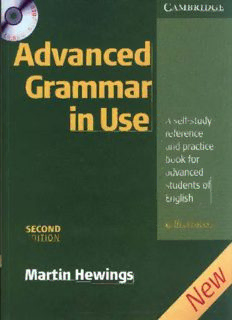
Hewings - Advanced Grammar in Use with Answers 2e HQ
Martin Hewings
·307 Pages
·2006
·54.11 MB

Büyükşehir Belediye Meclisi'nin Değerli Üyeleri
347 Pages
·2015
·12.8 MB
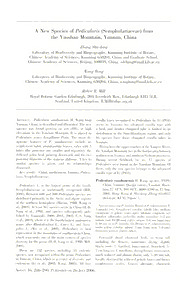
A New Species of Pedicularis (Scrophulariaceae) from the Yaoshan Mountain, Yunnan, China
Zhang Shu-Dong
·2006
·3.6 MB
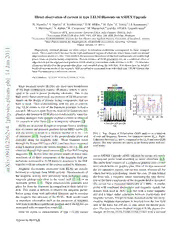
Direct observation of current in type I ELM filaments on Asdex Upgrade
N. Vianello
·0.99 MB
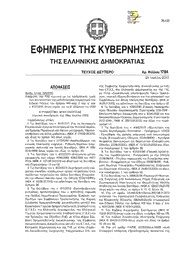
Greek Government Gazette: Part 2, 2013 no. 1784
The Government of the Hellenic Republic
·2013
·0.14 MB
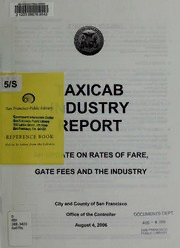
Taxicab industry report : an update on rates of fare, gate fees and the industry
San Francisco (Calif.). Office of the Controller
·2006
·1.3 MB

Vital Signs: 2016: E-cigarette Ads and Youth
2016
·0.41 MB

Le Gouffre de l'Absolution
Reynolds, Alastair
·0.9654 MB
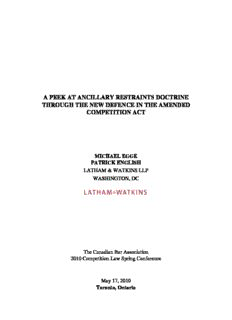
Canada Ancillary Restraints Article
Patrick English
·21 Pages
·2010
·0.1 MB
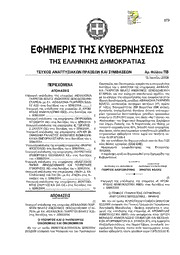
Greek Government Gazette: Part 8, 2006 no. 118
The Government of the Hellenic Republic
·2006
·0.28 MB

Fizyoloji Histoloji Soruları Volüm 2
Anonim
·3117 Pages
·2017
·5.04 MB
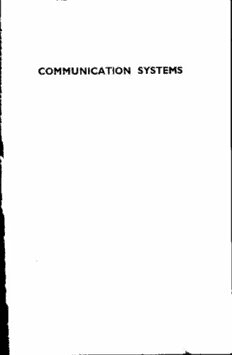
Communication Systems
B. P. Lathi
·446 Pages
·1968
·19.981 MB

Index to stories in thematic anthologies of science fiction (A Reference publication in science fiction)
Marshall B. Tymn
·208 Pages
·1978
·23.475 MB

Coffeeand Chicory by P L Simmonds
36 Pages
·2021
·0.35 MB
Most books are stored in the elastic cloud where traffic is expensive. For this reason, we have a limit on daily download.

